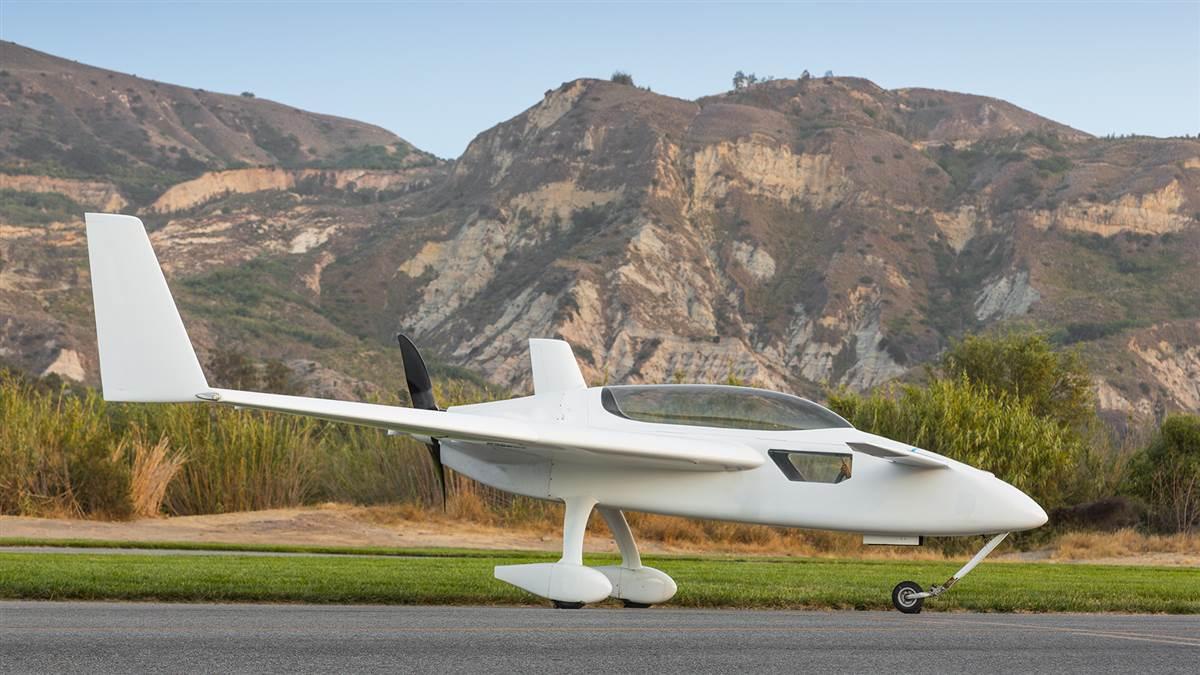
Photography by Chad Slattery
The first time you see a Long-EZ on the ramp, you might think it’s one of a kind—until you see the rows upon rows of similar pusher, canard-equipped Burt Rutan designs that flock to Oshkosh, Wisconsin, for EAA AirVenture each year. A stretched-out descendant of the VariEze (get it?), the Long-EZ was Rutan’s best-selling design.
The forward airfoil, known as a canard, is a signature Rutan design element. It improves stall characteristics and helps with efficiency; the Long-EZ has a range of 2,000 miles. Like its predecessor, the Long-EZ was meant to be easy to build. Some 12,000 plans were sold.
Because they’re built from plans, Long-EZs are almost infinitely customizable—so that Long-EZ on the ramp may, in fact, be a one of a kind. This can be a tremendous advantage: Pilots have flown modified Long-EZs around the world and set records for speed and distance. But it also can be a drawback if what made perfect sense to the builder doesn’t work for you; investigators attributed the fatal crash of John Denver to the singer’s inadvertent application of right rudder when reaching for the unusually placed fuel selector valve in his Long-EZ. As with all homebuilt aircraft, transition training is important.
SPEC SHEET
'Standard' homebuilt Long-EZ
Specifications
Standard engine Lycoming O-235, 115 hp
Wingspan 26.1 feet
Empty weight 710 lb
Gross weight 1,325 lb
Landing distance 1,200 feet
Cruise speed 144 mph
Top speed 185 mph
Fuel capacity 52 gal
Range 2,010 miles
Because Long-EZs are built from plans, performance and cost vary.



